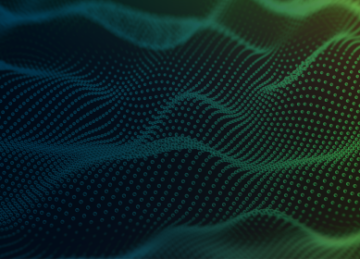Generative artificial intelligence programmes such as ChatGPT (OpenAI) and its rivals (such as Google’s Bard) appear to be growing rapidly and work by responding to a user’s input, using machine learning and information from available sources to generate new content such as text, images and audio. Reportedly, AI wrote a football chant for new Liverpool midfielder Alexis Mac Allister and was able to re-create the voices of Drake and The Weeknd in a song that went viral on social media. In this article, we explore AI and copyright ownership and infringement under English law:
Copyright Ownership
The owner of a copyright is the “author” of a work, meaning the “person” who creates the work. An AI is not a person. However, what about where an AI solely wrote an article, solely created a song or solely created a drawing, and there was no human involved? Copyright protection for these computer-generated works is granted to the person (not the AI) who made the arrangements necessary for the creation of the work if it meets the originality threshold. The government previously held a consultation (see our article here) considering whether the provisions on computer-generated works needed to be updated, but decided not to make changes at this stage.
Questions remain, such as: (i) Could the user who inputs into the AI be the copyright owner, or is it the creator of the AI technology? (ii) If the AI uses pre-existing sources, is its output original enough to be protected by copyright?
Interestingly, OpenAI’s terms (see https://openai.com/policies/terms-of-use) provide that the user owns the input and transfers the rights in the output to the user. However, there are exceptions, such as output from similar questions by other users which generated the same answer. In this situation, the user does not own the output.
Copyright Infringement
In general terms, copyright is infringed when a person copies (directly or indirectly) the whole or a substantial part of a work without the owner’s permission (or authorises another to do this). What is meant by substantial is a qualitative rather than quantitative test, which means that the quality of what was copied rather than the quantity is what counts.
Generative AI uses available sources to produce content, and the AI continues to learn from the inputs. Such sources may be protected by copyright (or even a trade mark), so the question is whether this would be an infringement. Reportedly, Getty Images (a stock photo company) issued a claim in the US against Stability AI, a London-based generative AI company that produces images from inputted text, for copyright infringement. Stability AI allegedly processed images of Getty Images without permission. It will be interesting to see the outcome of this case.
In relation to machine learning, the government did consider a copyright exception for text and data mining by AI. However, it appears that the government now favours working with parties (including those in the AI sector) to develop a potential voluntary code of practice (see https://www.gov.uk/guidance/the-governments-code-of-practice-on-copyright-and-ai).
Take Home Points
- Generative AI is developing rapidly, and already, there has been a government consultation and a proposal to develop a voluntary code of practice. This is certainly an area to watch.
- Copyright ownership from generative AI programmes is unclear. However, contractual terms can be used to clarify the position on the ownership of IP rights.
- Generative AI can still infringe intellectual property rights or produce content that a third party may argue is defamatory. The OpenAI terms make it the user’s responsibility to check that the content does not violate any laws.
- Copyright is an unregistered right, so for your copyright works, you should keep detailed records to help prove the subsistence and ownership of your copyright (this is also important if you are accused of infringing a third party’s copyright). You should also use the © symbol to put third parties on notice of your copyright.







